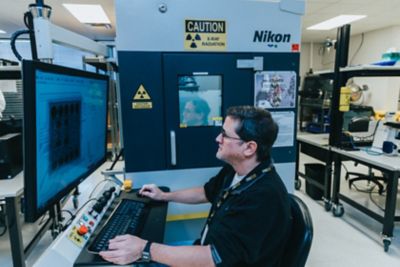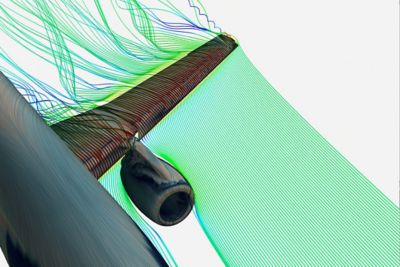WHITE PAPER
Ansys Fluent Native Multi-GPU Solver: CFD Validation Studies in Version 2023 R2
The need for faster solutions for complex scientific and engineering problems is driving the development of numerical methods that make use of modern computer hardware. Nowhere is this more evident than in the realm of computational fluid dynamics (CFD). Methods for simulating fluid flow, heat transfer, combustion, and related physics using vector and parallel CPU computer architectures have been aggressively developed over the past four decades and have greatly benefited from speed and bandwidth advances in CPUs, RAM, network hardware, and storage media.
However, today a new era has launched with the advent of GPU computing. GPUs offer the promise of significant increases in throughput for CFD simulations, and Ansys is at the forefront of this revolution with its native GPU implementation of the Ansys Fluent CFD solver. This development effort has been accompanied by a major testing and validation program to ensure that the GPU solution quality is equal to the flagship Fluent CFD solver quality typically run on CPUs.
This document is a follow-on to the first white paper on the solution accuracy of the Fluent native GPU solver. Here, we will report additional results for several canonical and industrial problems typically used to validate and verify CFD codes. These cases span a range of flow and heat transfer physics and help demonstrate the capabilities of the current version of the native GPU solver in 2023 R2. The emphasis here is on the accuracy of the numerical solutions. Speed comparisons for many industry-relevant cases can be found in Part 1 and Part 2 of our GPU blog series and covers a range of hardware configurations.











